Peace Lily And Pollution – Do Peace Lilies Help With Air Quality
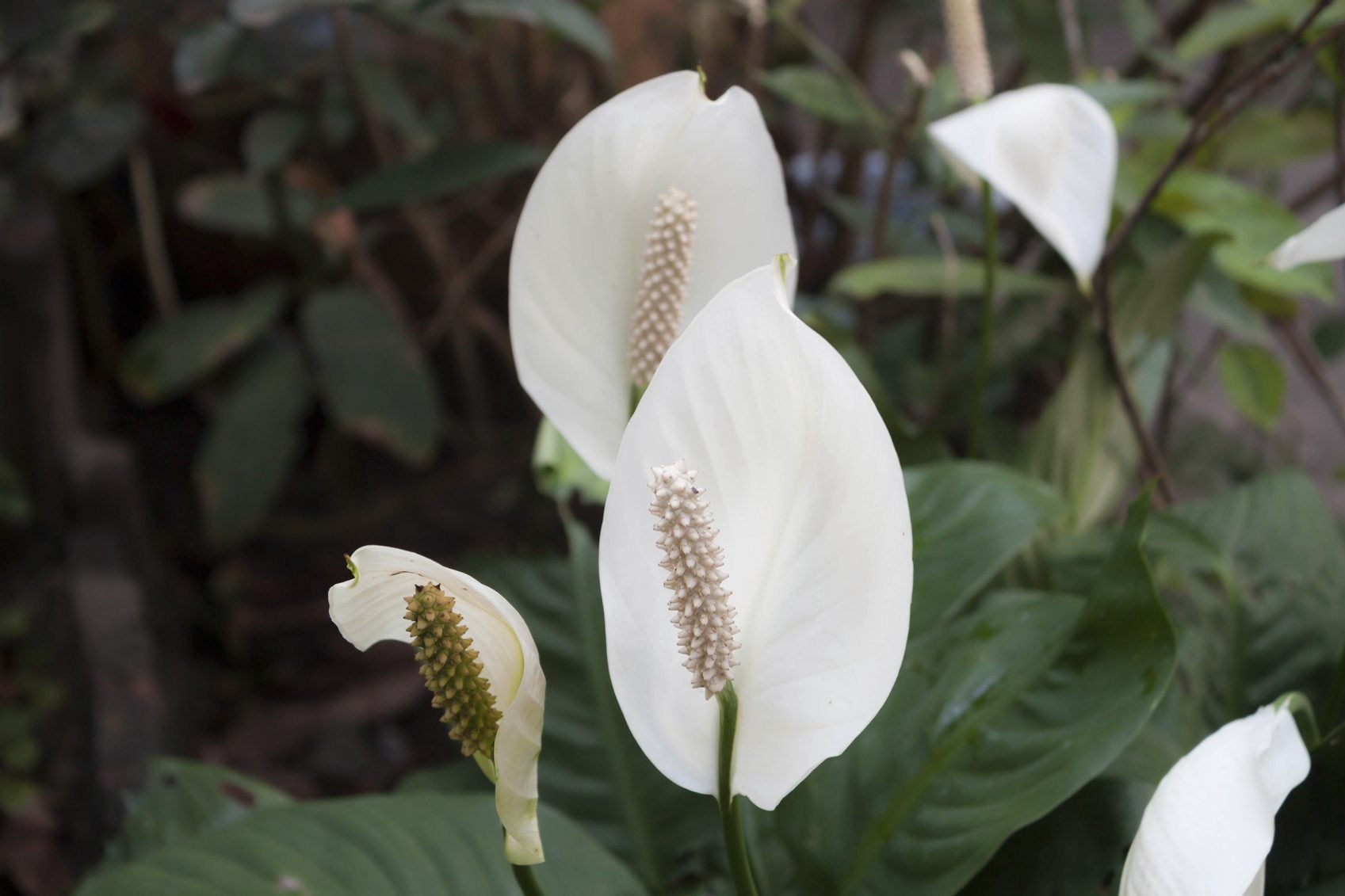

It makes sense that indoor plants should improve air quality. After all, plants convert the carbon dioxide we breathe out into the oxygen we breathe in. It goes way beyond that, though. NASA (which has a pretty good reason to care about air quality in enclosed spaces) has conducted a study on how plants improve air quality. The study focuses on 19 plants that thrive indoors in low light and actively remove pollutants from the air. Way at the top of that list of plants is the peace lily. Keep reading to learn more about using peace lily plants for air purification.
Peace Lilies and Pollution
The NASA study focuses on common air pollutants that tend to be given off by manmade materials. These are chemicals that become trapped in the air in enclosed spaces and can be bad for your health if breathed in too much.
- One of these chemicals is Benzene, which can be naturally given off by gasoline, paint, rubber, tobacco smoke, detergent, and a variety of synthetic fibers.
- Another is Trichloroethylene, which can be found in paint, lacquer, glue, and varnish. In other words, it’s commonly given off by furniture.
Peace lilies have been found to be very good at removing these two chemicals from the air. They absorb the pollutants from the air through their leaves, then send them to their roots, where they’re broken down by microbes in the soil. So, this makes using peace lily plants for air purification in the home a definite plus. Do peace lilies help with air quality in any other ways? Yes, they do. In addition to help with air pollutants in the home, they also give off a lot of moisture in the air. Getting clean air with peace lilies can be even more effective if a lot of the pot’s topsoil is exposed to the air. Pollutants can be absorbed straight into the soil and broken down this way. Trim away the lowest leaves on your peace lily to allow lots of direct contact between the soil and the air. If you want to get clean air with peace lilies, simply add these plants to your home.
Gardening tips, videos, info and more delivered right to your inbox!
Sign up for the Gardening Know How newsletter today and receive a free copy of our e-book "How to Grow Delicious Tomatoes".

The only child of a horticulturist and an English teacher, Liz Baessler was destined to become a gardening editor. She has been with Gardening Know how since 2015, and a Senior Editor since 2020. She holds a BA in English from Brandeis University and an MA in English from the University of Geneva, Switzerland. After years of gardening in containers and community garden plots, she finally has a backyard of her own, which she is systematically filling with vegetables and flowers.
-
 Looking For Plants To Give You The Soft And Fuzzies? Try These 5 Fuzzy Leaf Plant Options
Looking For Plants To Give You The Soft And Fuzzies? Try These 5 Fuzzy Leaf Plant OptionsLovers of texture, drama, silver foliage and tactile plants will adore these special sensory garden additions. These fuzzy leaf plant options will leave you all aglow
By Susan Albert
-
 Get Ready For A Summer Of Hummers! Grow These Full Sun Hummingbird Plants and Flowers
Get Ready For A Summer Of Hummers! Grow These Full Sun Hummingbird Plants and FlowersIf you’re lucky enough to enjoy a sunny backyard, make sure you are maxing out on your pollinator opportunities and grow these full sun hummingbird plants and flowers
By Tonya Barnett
-
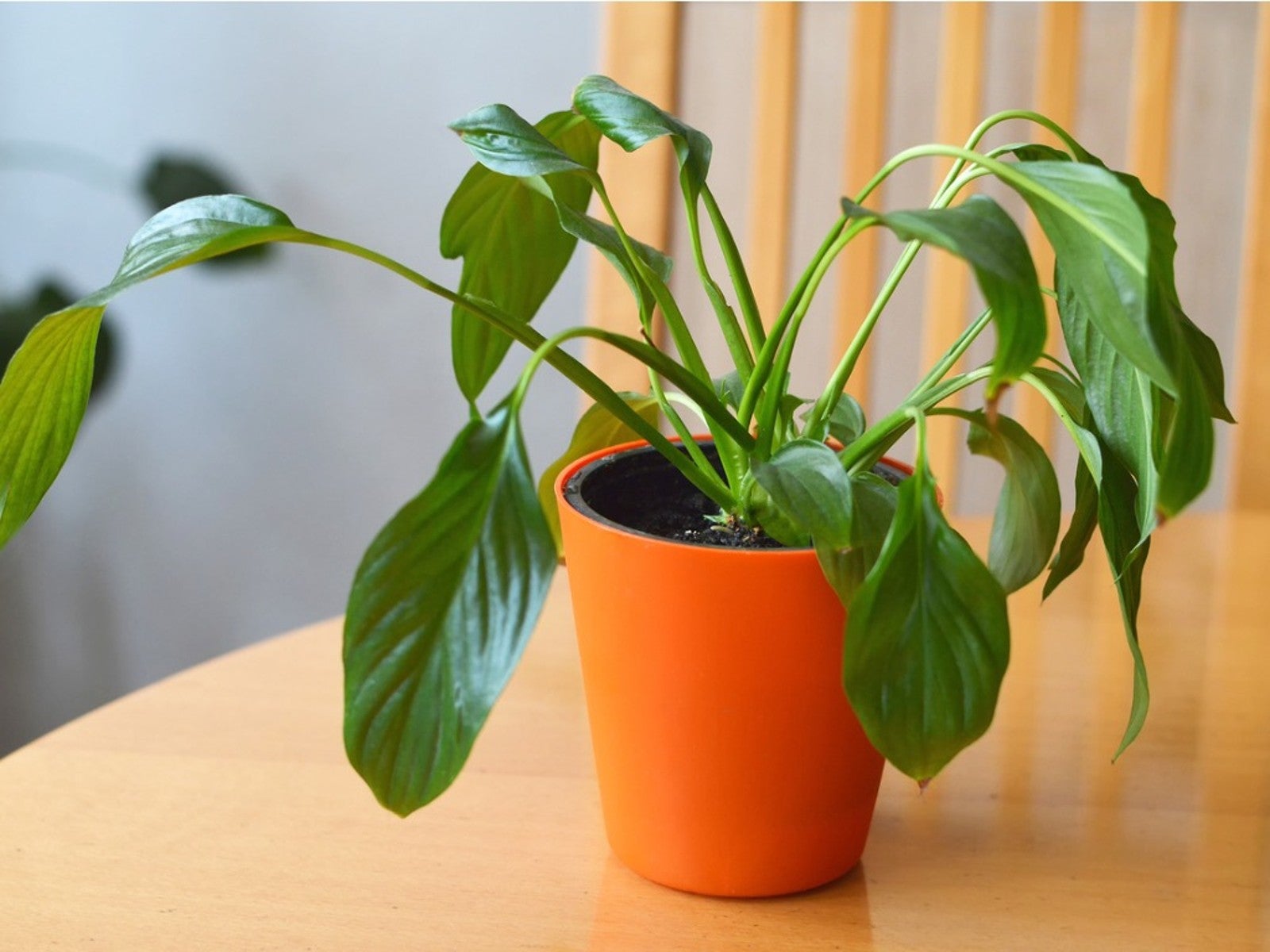 How To Revive A Peace Lily Drooping After Repotting
How To Revive A Peace Lily Drooping After RepottingLearn how to repot and revive a droopy peace lily when it needs a new home.
By Susan Albert
-
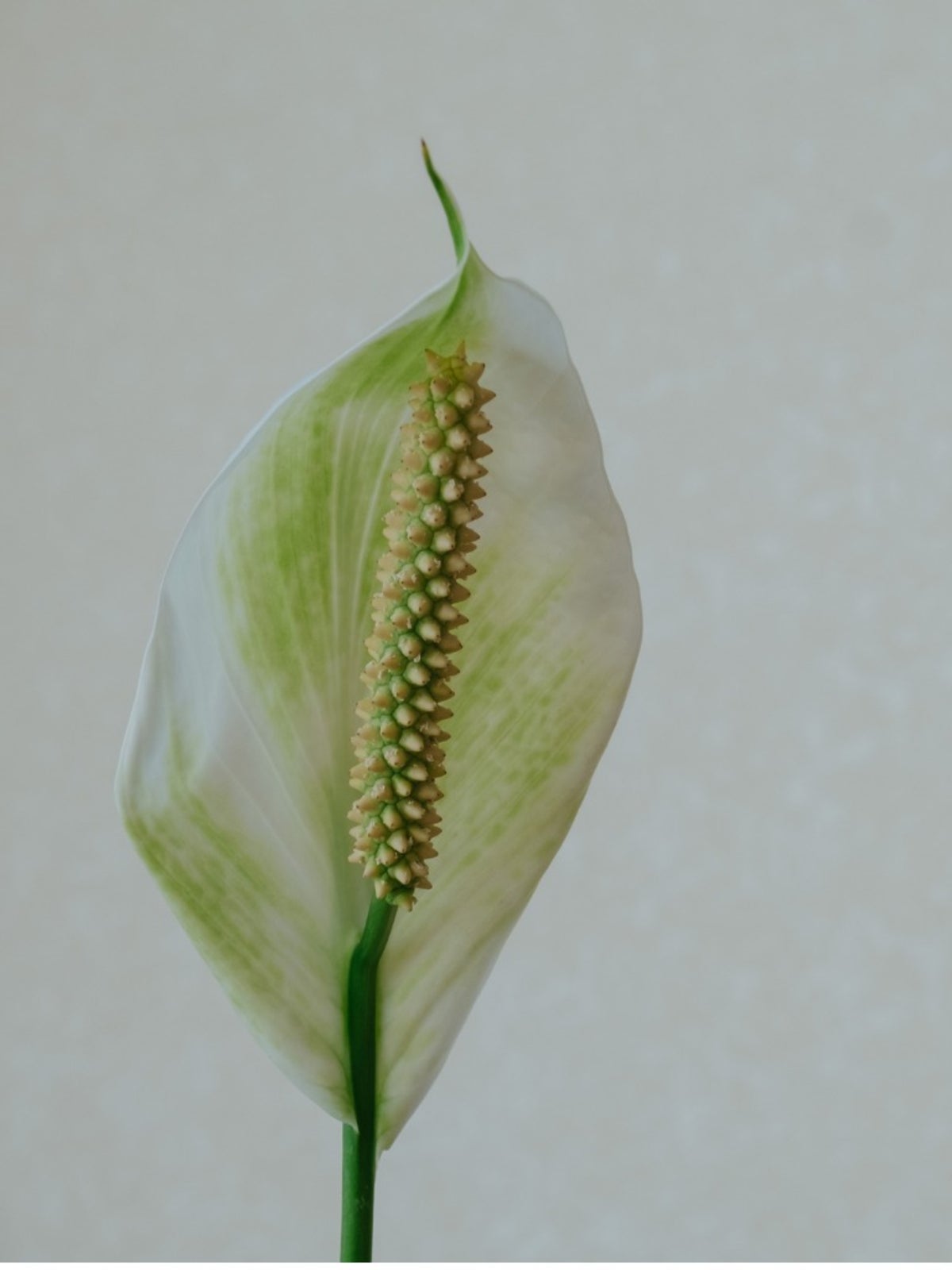 Peace Lily Flowers Are Green – Fixing Green Blooms On Peace Lilies
Peace Lily Flowers Are Green – Fixing Green Blooms On Peace LiliesPeace lilies produce gorgeous white flowers. But if your flowers are green, the contrast is not as striking. Learn about this phenomenon here.
By Mary Ellen Ellis
-
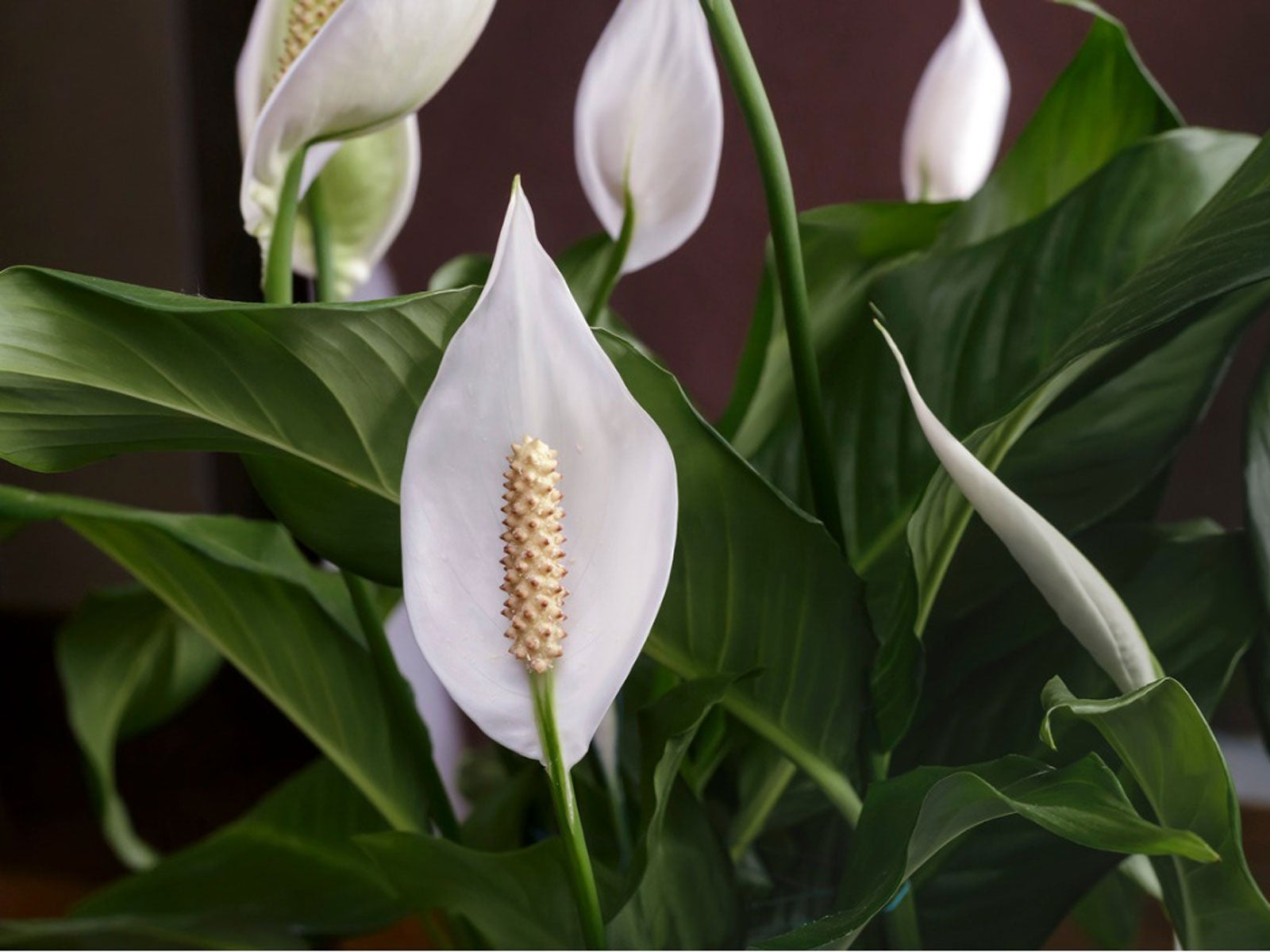 Diseases In Spathiphyllum: Tips On Treating Peace Lily Diseases
Diseases In Spathiphyllum: Tips On Treating Peace Lily DiseasesPeace lilies are tough and resilient, but they are susceptible to a few pests and diseases. This article provides more information about peace lily plant problems, including common diseases in Spathiphyllum plants.
By Teo Spengler
-
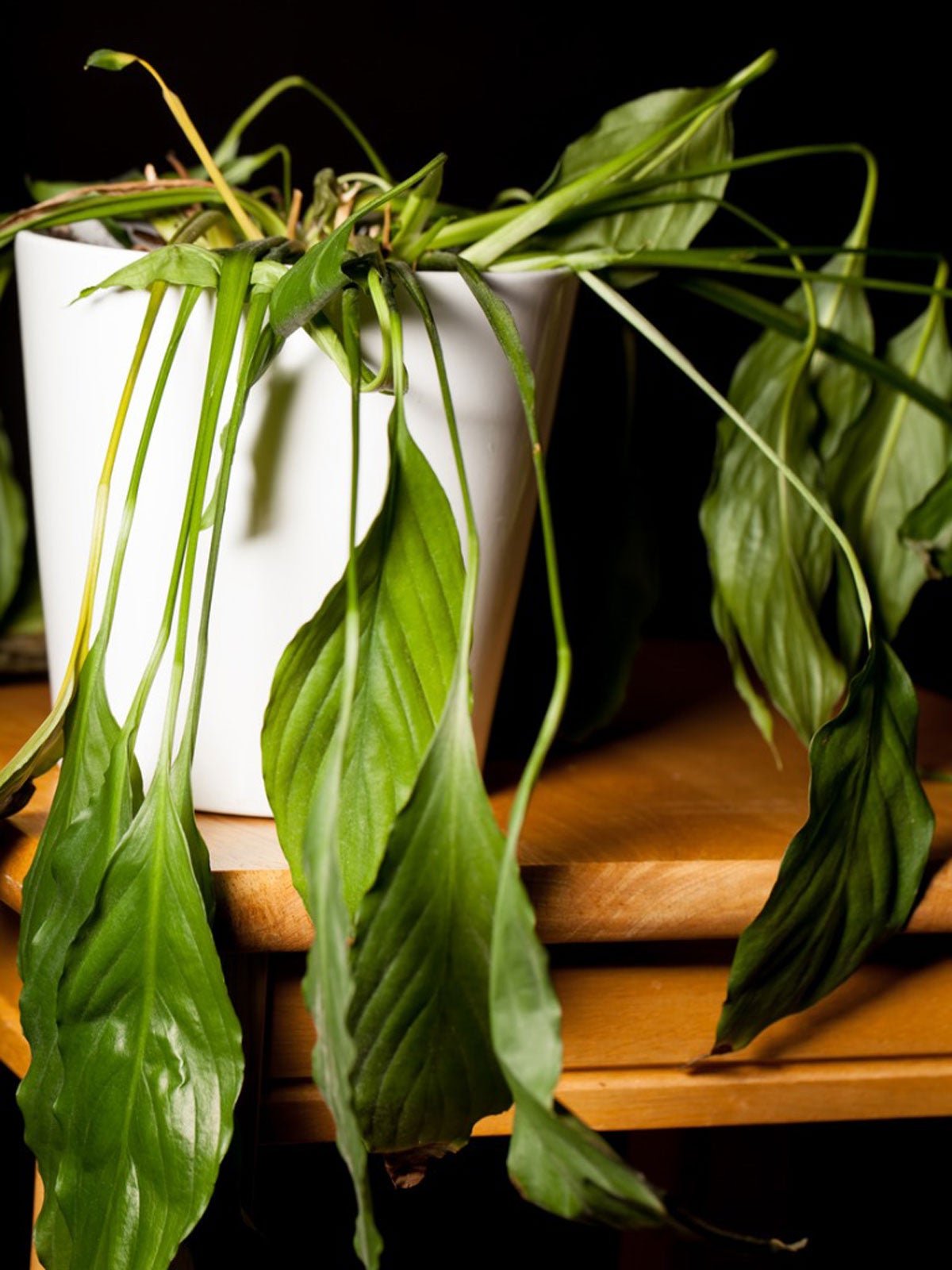 Drooping Peace Lily: How To Revive A Wilting Spathiphyllum
Drooping Peace Lily: How To Revive A Wilting SpathiphyllumA drooping peace lily is a common occurrence and can indicate several different issues, most of which can be corrected.
By Tonya Barnett
-
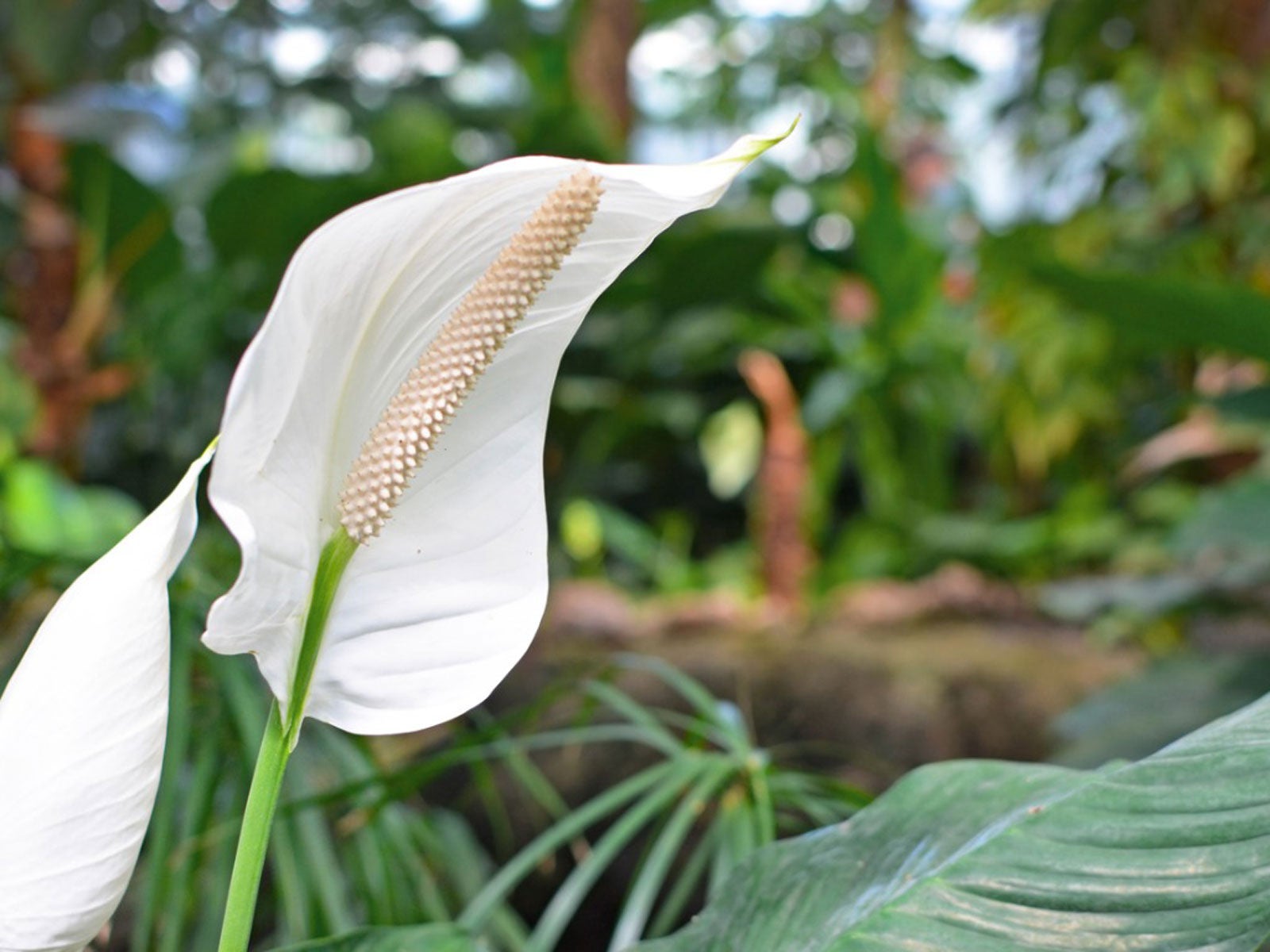 Do Peace Lilies Need Fertilizer – When To Feed Peace Lily Plants
Do Peace Lilies Need Fertilizer – When To Feed Peace Lily PlantsDo peace lilies need fertilizer? Believe it or not, many folks prefer to skip the fertilizer and their peace lily plants do just fine without it. However, fertilizing a peace lily now and then is important to encourage blooming. Learn more in this article.
By Mary H. Dyer
-
 Peace Lily With Brown Tips: Common Causes & How To Fix Them
Peace Lily With Brown Tips: Common Causes & How To Fix ThemA common complaint about peace lily tips turning brown is an easy fix if you know what’s causing it. Make it happy by adjusting your care.
By Teo Spengler
-
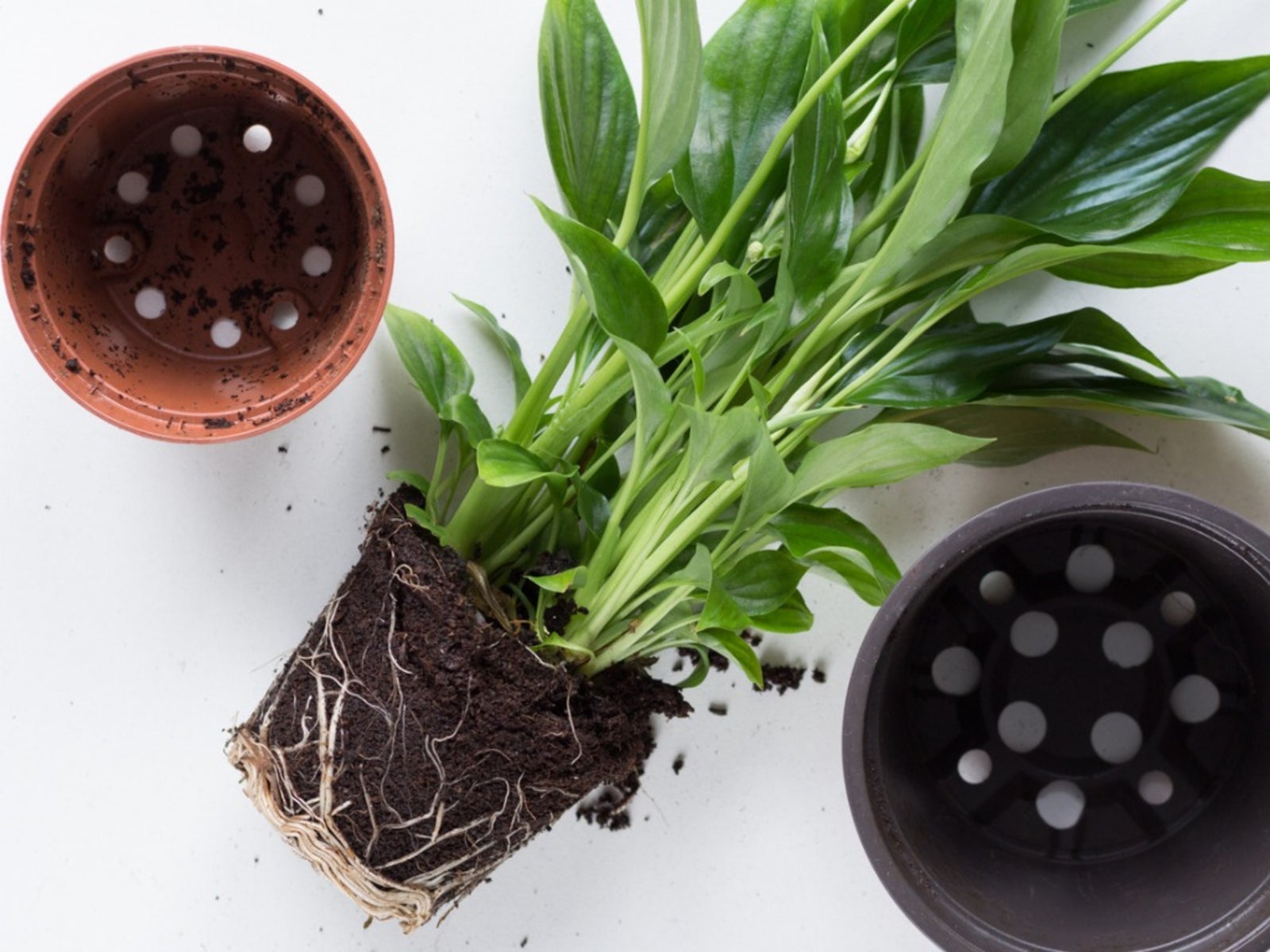 Peace Lily Repotting – Learn How And When To Repot Peace Lilies
Peace Lily Repotting – Learn How And When To Repot Peace LiliesRepotting a peace lily plant is occasionally necessary, as a rootbound plant isn't able to absorb nutrients and water and may eventually die. Fortunately, peace lily repotting is easy! Learn how to repot a peace lily in this article.
By Mary H. Dyer
-
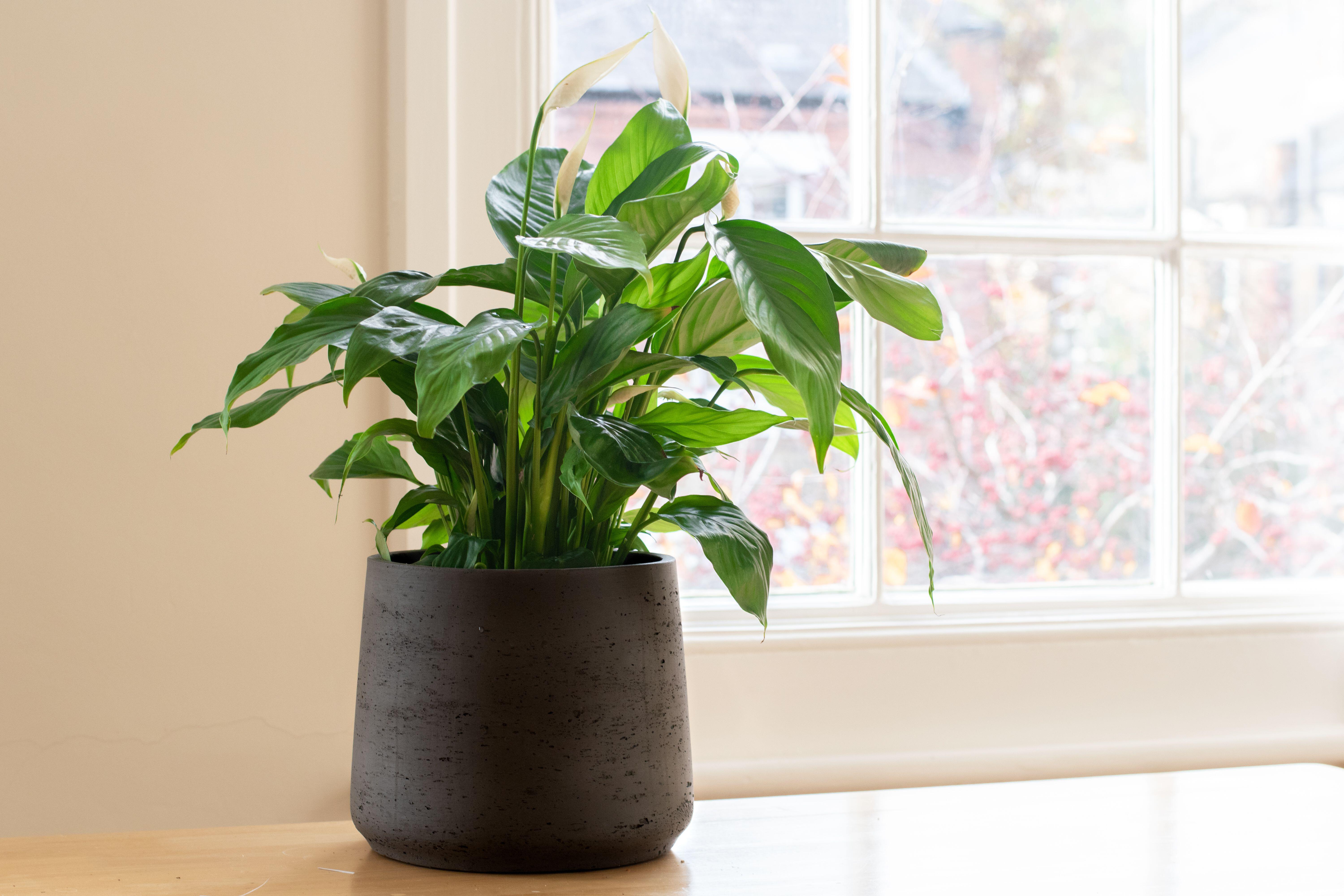 How To Prune A Peace Lily For Better Growth
How To Prune A Peace Lily For Better GrowthAs houseplant fans, we should all learn how to prune a peace lily. It’s easy to do and an occasional little trim will keep it shapely and healthy.
By Liz Baessler